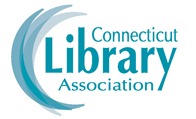Closing Connecticut's Reading Gap for Young Children
/"Every Child Reading by Third Grade," an informational forum sponsored this month by the Black and Puerto Rican Caucus of the General Assembly, the Connecticut Commission on Children, Literacy How, Haskins Laboratories, and the Connecticut Association for Human Services (CAHS), revealed some sit-up-and-take-notice statistics:
- More than 1/3 of poor children enter kindergarten already behind their peers in reading.
- Of every 100 children who leave first grade as poor readers, 88 will still be poor readers at the end of third grade, limiting their changes of academic and future workforce success.
- 74% of Hispanic and African-American students are not at goal in reading y the end of third grade
- Connecticut has the largest reading gap in the nation.
The policy forum included speakers highlighting progress and strategies to help children learn how to read.


































